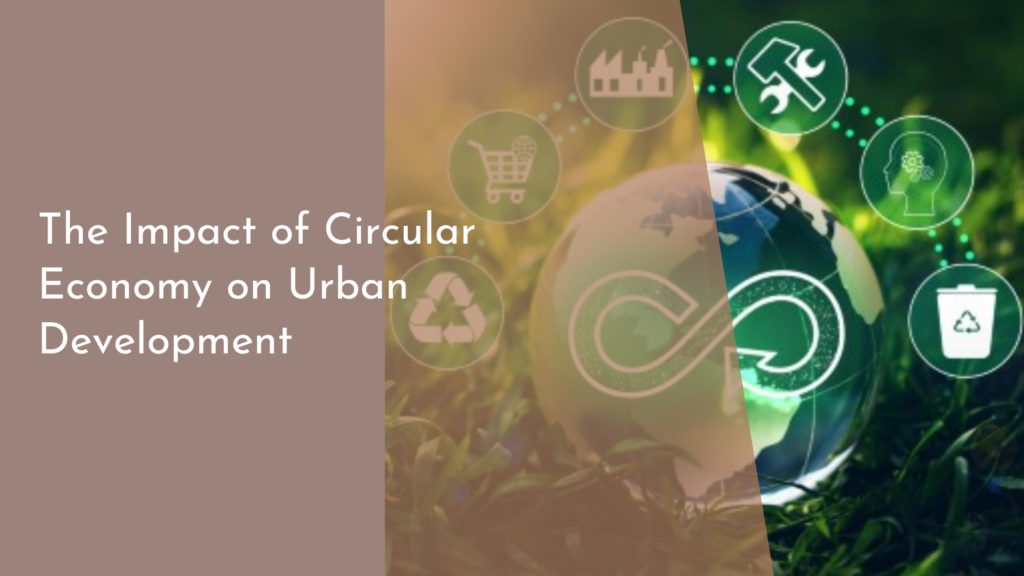Biodegradable alternatives for industrial packaging foam
In recent years, the urgency to address environmental concerns has led to a paradigm shift in the way industries approach packaging materials. Traditional packaging foam, primarily made from petroleum-based plastics, presents considerable challenges in waste management and environmental sustainability. Fortunately, innovators and entrepreneurs are stepping up to the plate with biodegradable alternatives that not only minimize ecological impact but also meet the demands of various sectors. This article explores these eco-friendly substitutes, their benefits, and the companies spearheading this crucial transition.
Discovering Eco-Friendly Alternatives to Packaging Foam
As the world becomes increasingly aware of plastic pollution, the search for biodegradable alternatives to traditional packaging foam is more pertinent than ever. Options like mushroom-based foam, made from mycelium, are gaining traction. This natural material is not only compostable but also offers comparable cushioning properties to conventional foam, making it suitable for various packaging applications. Other alternatives include cornstarch-based foams and seaweed-derived products, which are not only biodegradable but also renewable, offering industries a sustainable path forward.
Another innovative solution comes from the use of recycled paper products. Companies have developed paper-based cushioning materials that can be produced from post-consumer recycled content, reducing waste and conserving resources. These paper alternatives can be designed in various shapes and densities to provide effective protection during transportation. By exploring and investing in these eco-friendly options, businesses can gradually phase out harmful packaging foams and contribute to a greener future.
The Benefits of Biodegradable Foam Solutions for Industry
The transition to biodegradable foam solutions presents a multitude of benefits for industries looking to enhance their sustainability practices. One of the most significant advantages is the reduction in landfill waste. Unlike traditional foam, which can take centuries to decompose, biodegradable alternatives break down naturally within a few months to a couple of years, thereby lessening the burden on landfills and reducing the overall environmental footprint of industrial operations.
In addition to waste reduction, biodegradable foam solutions can enhance a company’s brand image and appeal to eco-conscious consumers. As more customers prioritize sustainability in their purchasing decisions, being able to offer eco-friendly packaging can differentiate businesses in a competitive market. Implementing these alternatives not only helps companies comply with regulations aimed at reducing plastic waste but also fosters customer loyalty by demonstrating corporate responsibility and care for the planet’s health.
How Biodegradable Foam Helps Protect Our Planet
The environmental advantages of biodegradable foam solutions extend beyond their ability to decompose. By utilizing renewable resources such as plant starches, fungi, and other organic materials, these alternatives help conserve fossil fuels and minimize greenhouse gas emissions. Their production processes often require less energy compared to traditional foam, contributing to a lower carbon footprint throughout the supply chain.
Additionally, the adoption of biodegradable foam can stimulate circular economy practices. Materials that break down naturally can be integrated into composting systems, returning vital nutrients to the soil and promoting healthy ecosystems. This shift not only promotes sustainability but also encourages industries to innovate further, seeking out even more environmentally friendly materials and processes that can ultimately lead to a healthier planet for future generations.
Innovative Companies Leading the Way in Sustainable Packaging
Several companies are at the forefront of developing and implementing biodegradable foam solutions in their packaging offerings. One standout is Ecovative Design, which specializes in mycelium-based packaging. Their innovative products have gained recognition for their effectiveness in cushioning and support while remaining entirely compostable. They have partnered with various industries, from electronics to food packaging, showcasing the versatility of their sustainable materials.
Another trailblazer in this arena is Ahlstrom-Munksjö, a global leader in fiber-based materials. Their commitment to sustainability has led to the creation of paper-based cushioning products that are not only high-performing but also sourced from sustainably managed forests. By collaborating with their clients, Ahlstrom-Munksjö is helping businesses transition to eco-friendly packaging solutions that align with modern environmental standards, setting a benchmark for others to follow.
The shift towards biodegradable alternatives for industrial packaging foam is more than just a trend; it’s a vital step towards achieving a sustainable future. By discovering and embracing these eco-friendly solutions, businesses can play a significant role in reducing plastic waste and protecting our planet. With innovative companies leading the charge and providing inspiring examples, the future of packaging looks bright and green. Together, we can pave the way for a healthier, more sustainable world!

